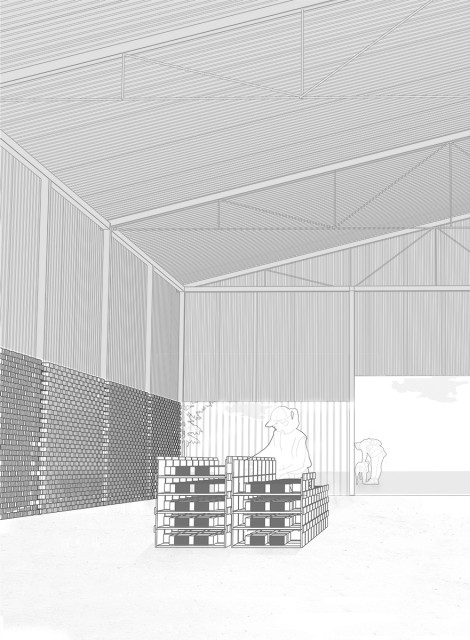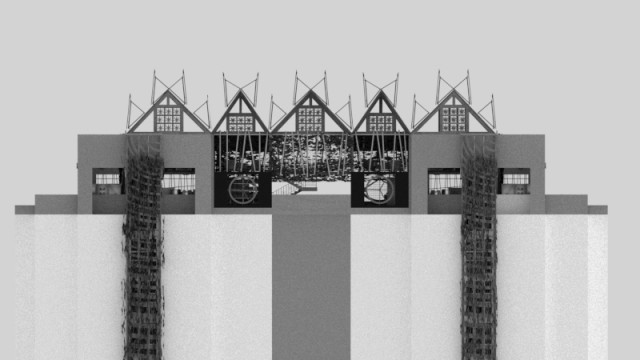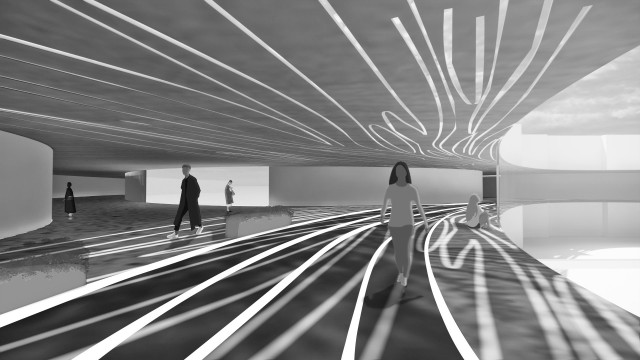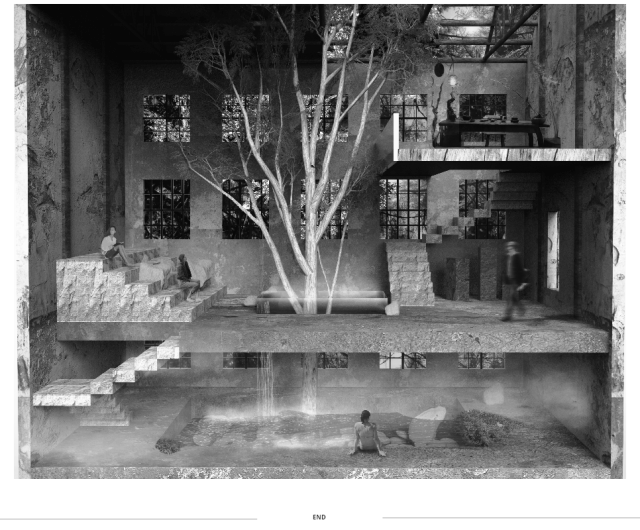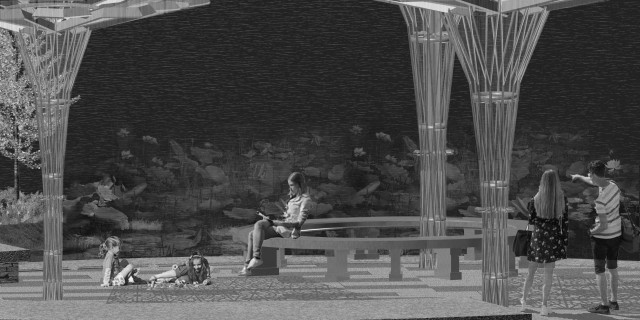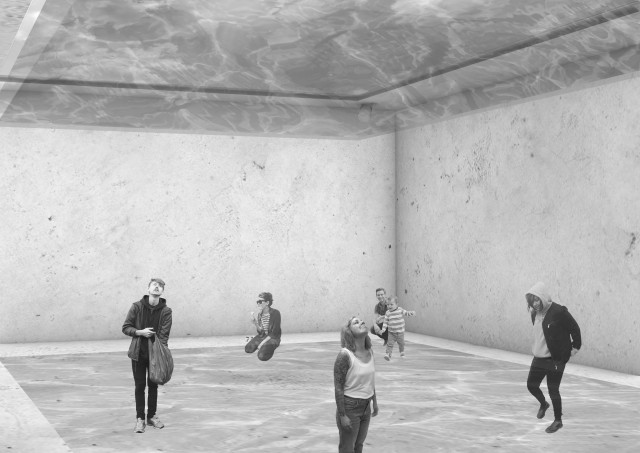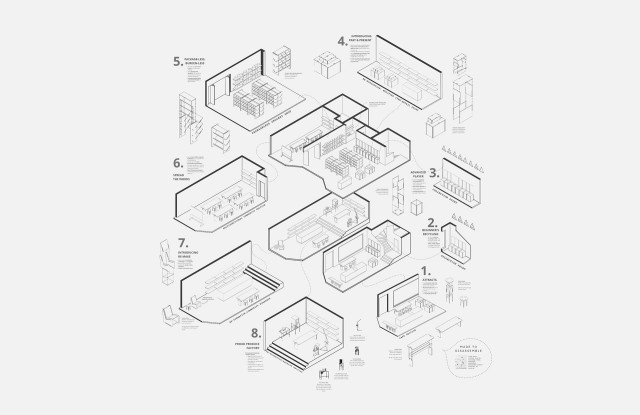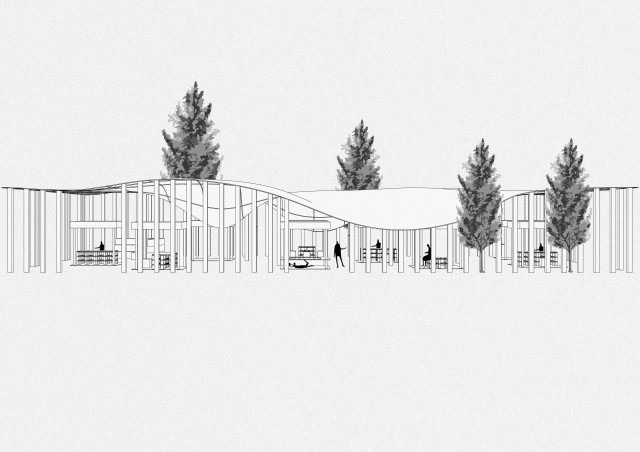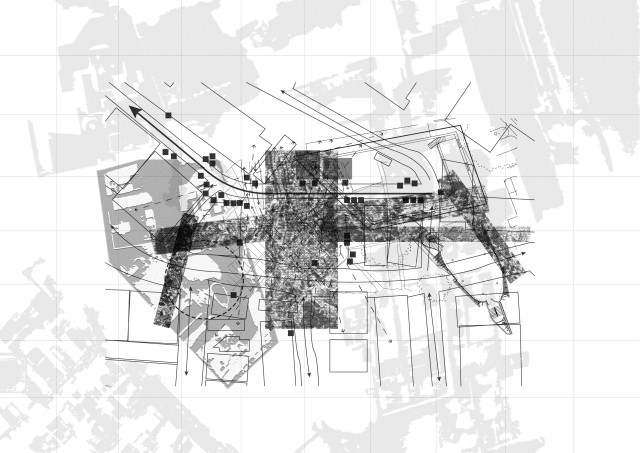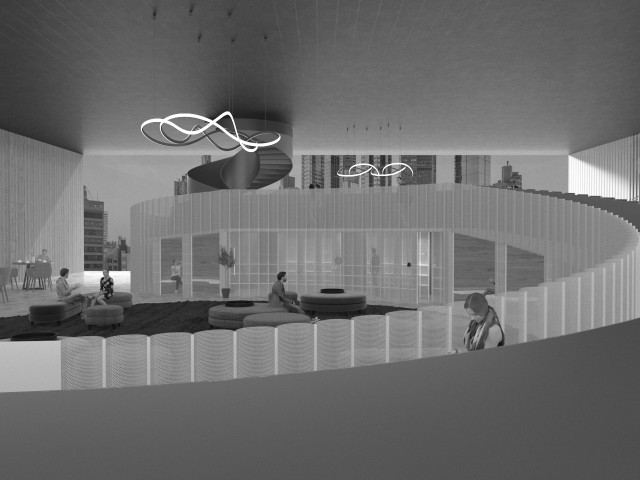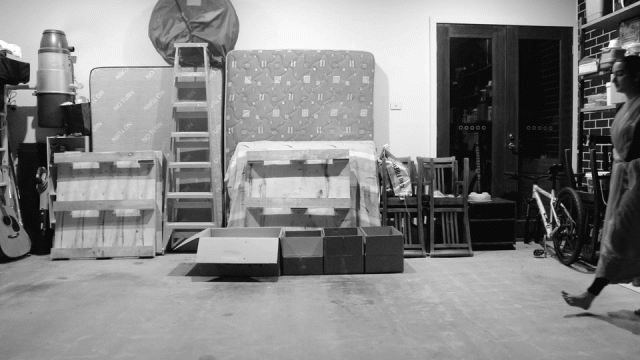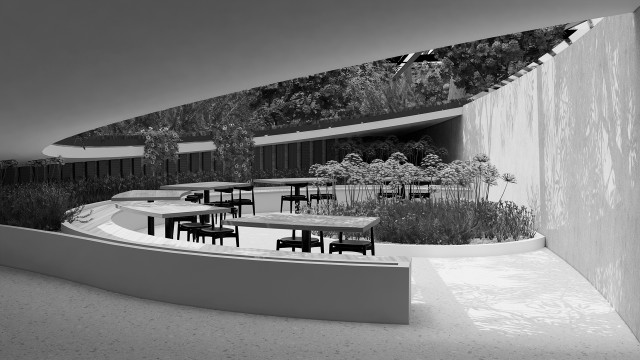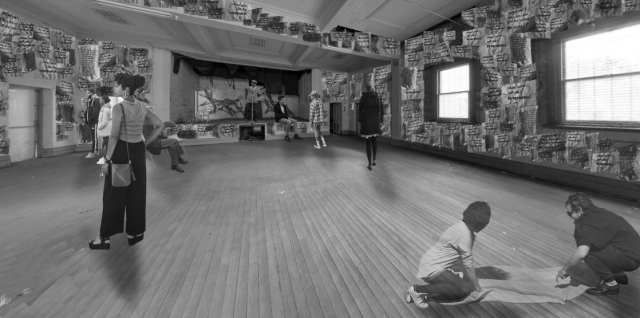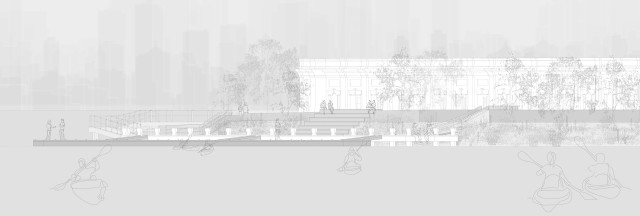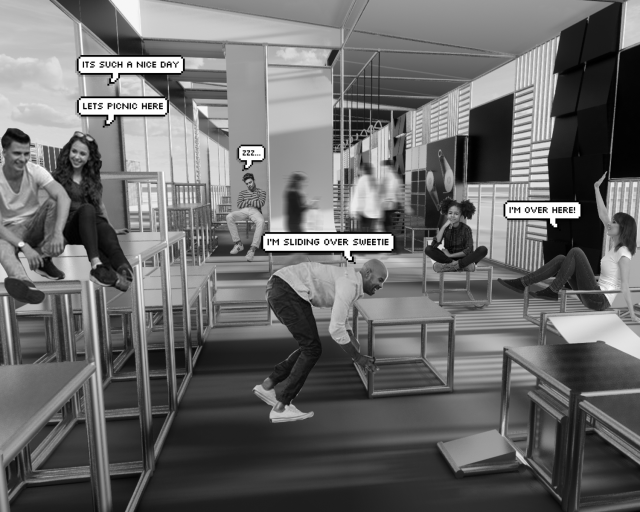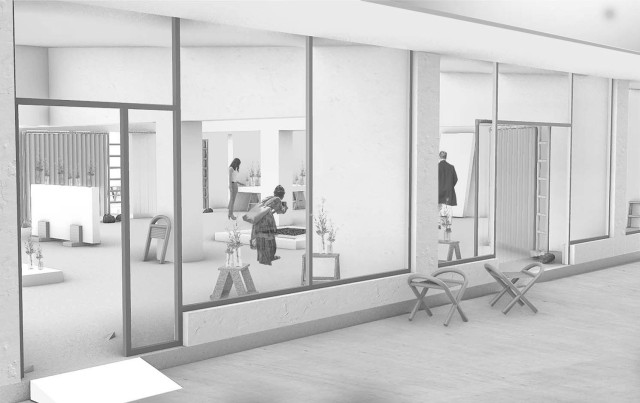I Lam Chan, Mangling Space [×]
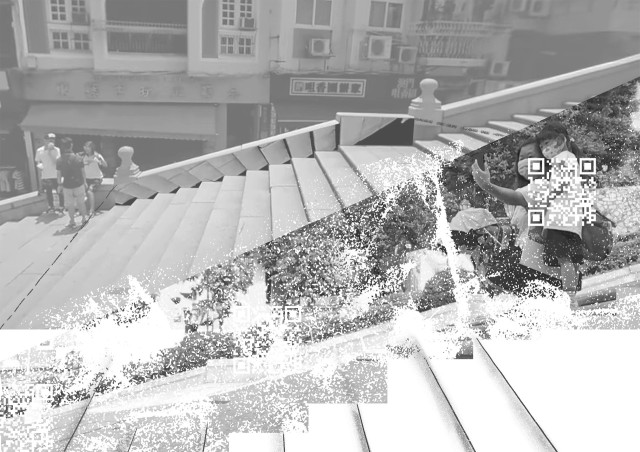
/ Will applying a force of action in collage,
separation, programming establishes a new impression to space?
/ Can we challenge to configure an extensive experience of our surrounding space with human activities through the application with the use of screens (or technology devices)?
Mangling space' produces an opening up to the possibility of intensive and extensive spatial speculation through the design of a digital archive–that aims to build empathy with our adaptive way of experiencing the physical and digital. This research inquiry explores digital technologies as a medium and process for producing effective and affective qualities by experimenting with how digital technologies such as devices, google maps, glitches, and collage can change human behaviour to shift perceptions and experiences within physical space.
Situated in the burnt Ruins of St. Paul in Macau, this project intends to engage the visitor by reconnecting them with the forgotten histories of the ruin and its present-day situation. By educating a young generation of locals, tourists, and the residents of Macau, the ruins histories become part of a series of immersive archival experiences, activated through the screen as the visitor journeys through the site.
This project is a provocation for how technology can enable immersive connections between people, histories and place. A series of encounters brings awareness to the ruin's past, in its present condition; visitors interact with a digital program that produces an embodied experience with and in the heritage site. Through a combination of digital and analogue techniques in image production, such as collaging, the practice developed ways of intervening in the visitor/tourist experience.
The interventions involve digital screens, mirrors, hidden QR codes that become activated through the visitor's presence. Patterns and information are collected to present back into the site, where a series of immersive spatial experiences then reinforce the visitor's action through their photographic, scanning and viewing modes. A mangling of space-time emerges, as the present and the past become archived and displayed back in the site via the digital screen–an emerging interior is revealed.










